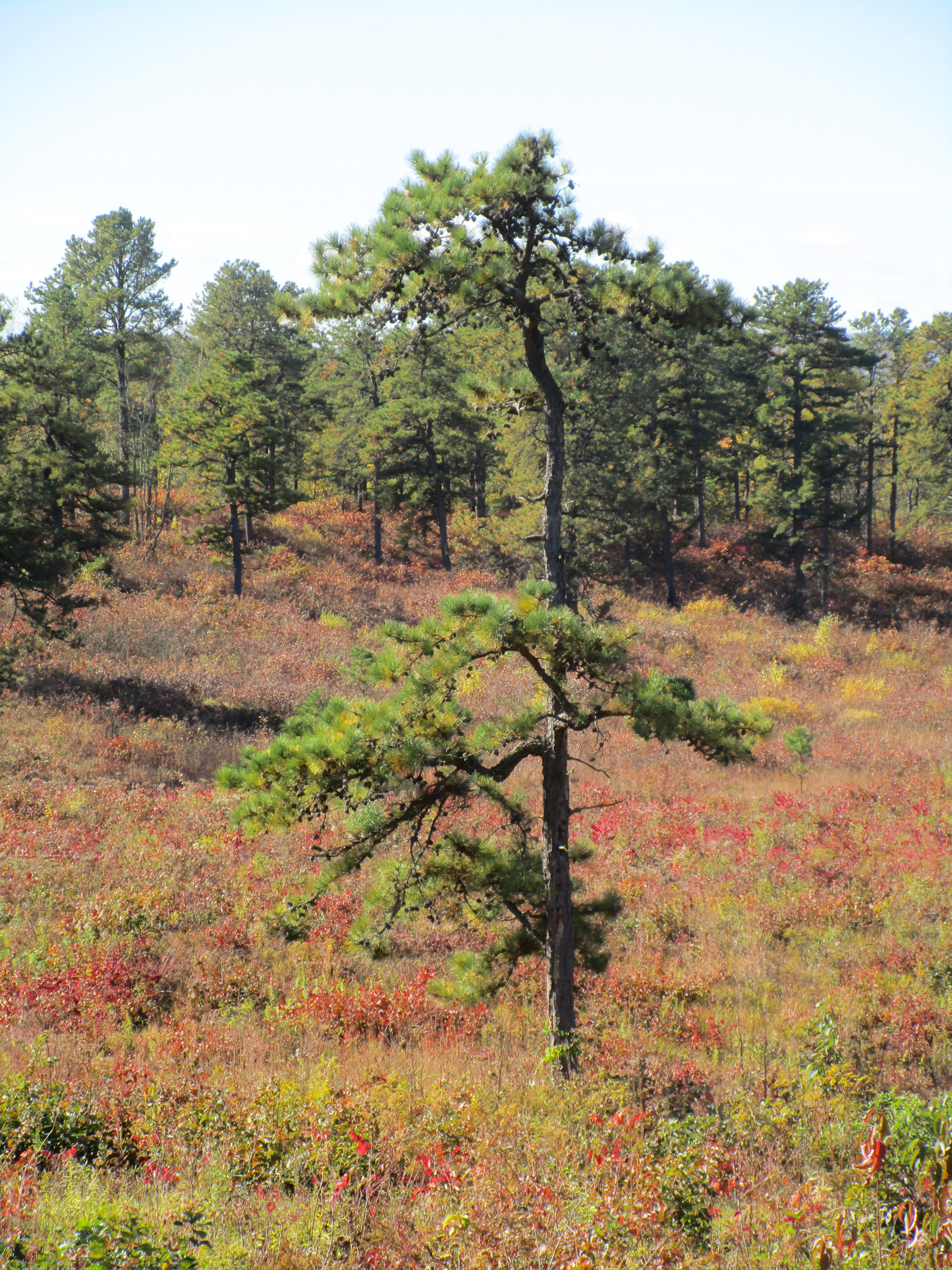by Gary S. Kleppel
The state Department of Environmental Conservation recently released the 2001 draft Open Space Conservation Plan for public comment, a near-final step toward its adoption. Hailed by environmentalists, business leaders and academics as a benchmark in environmental policy, the plan demonstrates that conservation can serve both economy and ecology.
There is but one significant glitch. There is no state funding for implementation. At a time when New Yorkers clearly need the economic, recreational, environmental and spiritual values that open space brings, government must be responsive. The state will have an opportunity to act when the governor and Legislature return to Albany to revisit existing funding and allocation issues, and to develop a new state budget.
In 1892, the state Legislature chartered the Adirondack State Park, at 6.1 million acres one of the largest preserved wildernesses on earth. Yellowstone, Yosemite and the Grand Canyon can fit within its boundaries. This is not what those from afar may think about when they think about New York. Yet, as the bedazzled visitor gazes down from a nearly mile-high ridge at a million acres of wild New York, he realizes that New Yorkers understand the necessity of nature to the human spirit.
That understanding was in evidence in 1990, when New Yorkers raised the bar in conservation still higher with the passage of the first Open Space Conservation Plan. While the Adirondack Park is a spectacular destination, it is still a day’s ride from Huntington, Long Island. The Open Space Plan celebrates New York’s natural heritage at the local level. The plan empowers communities to identify the special places in their neighborhoods that are worth protecting. It provides the governmental framework and selection criteria for conservation. It partners state and local governments with private organizations to conserve open space that will enhance access for recreation and economic development, and protect valuable natural resources, air and water quality.
Among the special places targeted for conservation by the new plan are parcels in the Hudson River Valley and along the 326-mile Long Path from Fort Lee to Thacher Park, outside of Albany. Protection is also proposed for Albany’s unique Pine Bush ecosystem and the beautiful Helderberg escarpment. All of these are areas of significant ecological importance.
Among the landmark features of the 2001 plan is the protection of biological diversity as a motivation for conservation. This element, originally proposed by students of the University at Albany’s Biodiversity, Conservation and Policy Program, recognizes that the quality of human life depends on the health of the entire living community and of the environment that we share. Is this idealism? Not really. Protecting natural resources and our life-support system (air and water) are cost-effective alternatives to expensive and uncertain efforts to remediate the effects of environmental pollution.
The Open Space Plan is the result of hard work by environmental groups, the Department of Environmental Conservation, the state Office of Parks, Recreation and Historic Preservation and Gov. George Pataki, who has modeled his environmental philosophy after that of a former New York governor and later president, Theodore Roosevelt, one of the most environmentally enlightened public officials in history.
Full implementation of the new Open Space Plan will require more than $300 million a year for the next several years. The principal state funding source for the plan is the Environmental Protection Fund. Although, under law, $125 million has already been set aside, the fund, and hence the Open Space Plan, were not funded this past fall.
Supporters are concerned that monies set aside for conservation will be used for other purposes. Between this year and next, $250 million will accumulate in the Environmental Protection Fund and many environmentalists are concerned that this legally dedicated fund will be raided at a time when New Yorkers’ need for clean water and air, open space, parks and environmental quality is higher than ever.
The Open Space Plan will stimulate business. It will help farmers make ends meet, large landowners retain family homes and communities preserve cultural heritage. Water and air quality protections afforded by open space conservation will reduce engineering and infrastructure costs to communities and industries.
Most importantly, given the calamity that has entered the lives of so many New Yorkers since this fall’s tragedies, it is essential that we have quiet, natural places within our communities to reflect, to grieve and to put our lives back together.
Now more than ever, the Open Space Conservation Plan is an essential medicine to heal New York. The Assembly leadership has stated that it is prepared to appropriate the available funds. It is important that the governor and the Legislature see that the plan is funded and implemented.
Gary S. Kleppel is associate professor of biological sciences and director of the Biodiversity, Conservation and Policy Program at the University at Albany.
